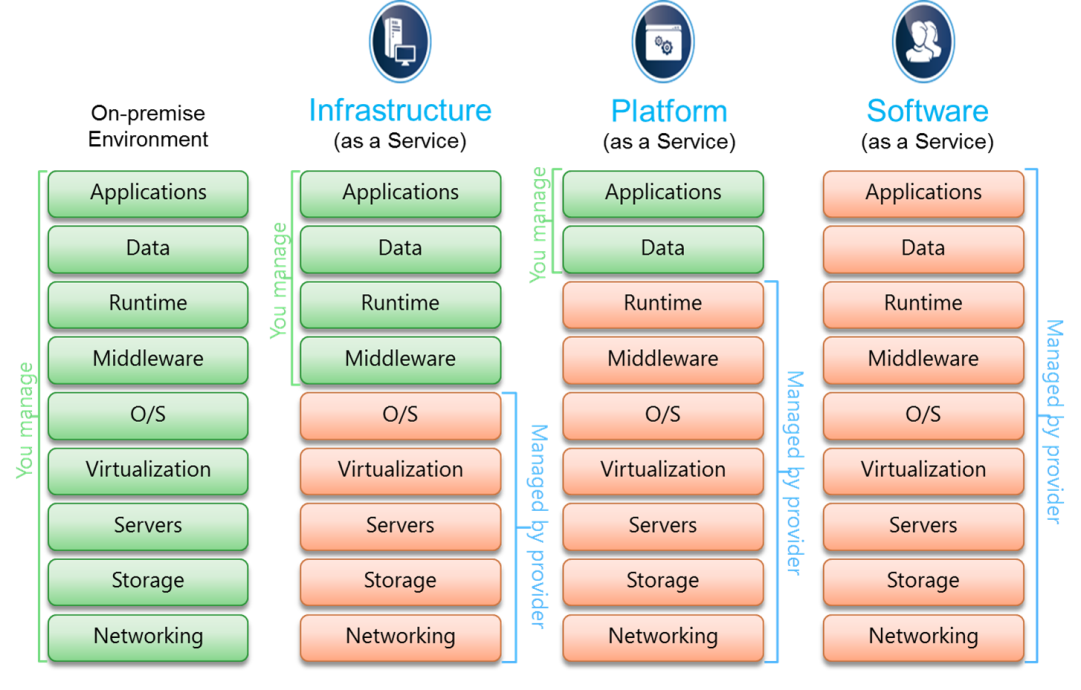LinkDaddy Cloud Services Press Release: Announcing New Features and Enhancements
LinkDaddy Cloud Services Press Release: Announcing New Features and Enhancements
Blog Article
Achieve Seamless Scalability With Cloud Services
In the ever-evolving landscape of cloud solutions, achieving seamless scalability stands as a cornerstone for contemporary companies seeking to stay affordable and adaptable. The capability to easily expand or acquire sources in action to altering needs is a crucial advantage in today's busy electronic atmosphere. By grasping the art of scalable cloud options, organizations can not only optimize performance and simplify operations however additionally lead the way for future growth and advancement. The pursuit for smooth scalability with cloud solutions introduces a world of opportunities for those going to accept the transformative power of dynamic source monitoring.
Advantages of Cloud Scalability
Cloud scalability supplies companies the flexibility to dynamically change sources based upon demand, making sure optimum efficiency and cost effectiveness. One crucial benefit is the capability to range sources up or down promptly in feedback to fluctuating workloads. This dexterity makes it possible for organizations to fulfill transforming client demands without over-provisioning resources, ultimately resulting in cost savings. Scalability additionally enhances efficiency by ensuring that systems can manage boosted traffic or work without experiencing downtime or slowdowns. By efficiently designating sources, companies can preserve high degrees of performance throughout peak times without unnecessary expenditures throughout quieter periods. In addition, cloud scalability promotes advancement and testing by allowing companies to easily evaluate originalities and scale them as needed. This versatility urges a culture of continual renovation and adjustment, allowing companies to remain affordable in a swiftly progressing market landscape. Ultimately, the advantages of cloud scalability prolong beyond price financial savings to include improved efficiency, agility, and technology.
Trick Features for Scaling
Efficient scaling in cloud solutions depends on essential attributes that make it possible for companies to change sources dynamically based on demand. One necessary feature for scaling is elasticity, permitting resources to scale up or down in action to varying workloads. This guarantees that companies can meet performance needs without over-provisioning resources. An additional key function is scalability, enabling systems to manage raised workload by adding sources flawlessly. This function is important for suiting growth without compromising performance. Additionally, automation plays an essential role in scaling by automating the provisioning and de-provisioning of sources based upon predefined plans. Automation lowers human intervention, boosts performance, and makes sure fast action to changing needs. Monitoring and analytics devices are likewise important for scaling, offering understandings into resource application, performance metrics, and prospective bottlenecks. These tools enable companies to make informed choices and optimize source allowance for reliable scaling. Generally, these essential features jointly equip companies to accomplish smooth scalability in cloud solutions.
Implementing Auto-Scaling Strategies
To effectively maximize resource appropriation and adapt to varying workloads, organizations must tactically apply auto-scaling methods in their cloud solutions infrastructure. Auto-scaling enables systems to automatically readjust the variety of calculate resources based upon real-time demand. There are various auto-scaling methods that organizations can utilize, such as predictive scaling, which Web Site uses historical information to forecast future resource requirements, and reactive scaling, which replies to present work adjustments.

Best Practices for Scalability
For organizations aiming to enhance their scalability in cloud services, executing best techniques is essential for optimal efficiency and resource administration. One key best method is designing applications with a microservices style. This approach breaks down applications into smaller sized, independent solutions that can be deployed, upgraded, and scaled separately, allowing for better flexibility and scalability.
One more crucial method is using containerization technology, such as Docker or Kubernetes. Containers make it possible explanation for the product packaging of applications and their dependencies right into separated devices, making it less complicated to scale parts individually and deploy them constantly across different environments.
Additionally, carrying out automated release and framework as code (IaC) can simplify scalability initiatives (linkdaddy cloud services). Automation devices like Terraform or Ansible help in provisioning and taking care of resources effectively, lowering hand-operated errors and making it possible for quick scalability
Furthermore, monitoring performance metrics, establishing signals, and performing routine ability preparation are important methods to make sure proactive scalability administration. By sticking to these best methods, organizations can achieve smooth scalability in their cloud services while maximizing efficiency and resource use.
Tracking Performance Metrics
When evaluating the performance of cloud services scalability, very closely keeping track of efficiency metrics is essential for ensuring optimal functionality and resource allocation. By continuously tracking essential performance indications (KPIs) such as reaction times, throughput, source, and latency usage, companies can get important insights right into the health and efficiency of their cloud framework. Keeping track of performance metrics permits for the early discovery of potential bottlenecks or issues that can affect scalability, making it possible for proactive steps to be taken visit their website to address them before they escalate.

Conclusion
In final thought, accomplishing smooth scalability with cloud services is vital for companies to optimize efficiency, enhance development, and maintain high performance degrees during peak times. By leveraging the benefits of cloud scalability, carrying out auto-scaling methods, making use of key features such as elasticity and automation, and complying with ideal methods like application style and efficiency surveillance, organizations can effectively scale their systems while maximizing source application and performance.
The mission for seamless scalability with cloud services reveals a globe of possibilities for those prepared to embrace the transformative power of dynamic resource monitoring.
Cloud scalability provides companies the adaptability to dynamically change sources based on need, ensuring optimum efficiency and expense efficiency. One more vital attribute is scalability, allowing systems to manage boosted workload by including sources seamlessly.For companies intending to boost their scalability in cloud services, implementing finest methods is crucial for ideal efficiency and resource administration.When evaluating the performance of cloud solutions scalability, very closely keeping track of efficiency metrics is imperative for making sure optimum performance and resource appropriation.
Report this page